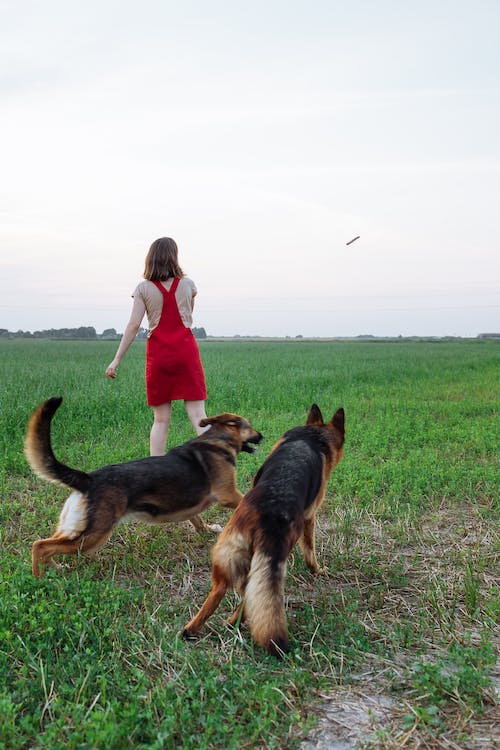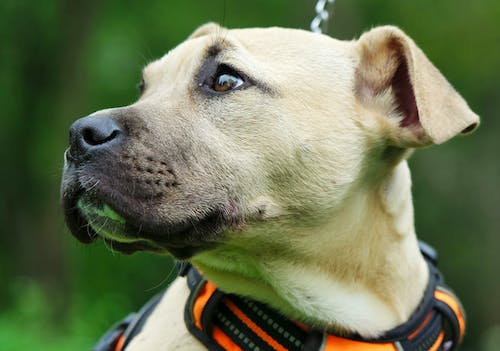As the summer heat intensifies, it’s crucial to pay extra attention to our furry companions. Dogs are especially vulnerable to dehydration during the warmer months, and ensuring they stay hydrated is vital for their health and well-being. In this comprehensive guide, we’ll explore effective strategies to prevent dog dehydration and keep your pet safe and comfortable throughout the summer.
Understanding Dehydration in Dogs
Dehydration occurs when a dog’s body loses more fluids than it takes in, disrupting normal bodily functions. Dogs regulate their body temperature through panting, which can lead to fluid loss. Without adequate hydration, they can quickly become dehydrated, a condition that can be life-threatening if not addressed promptly.
Signs of Dehydration in Dogs
Recognizing the signs of dehydration is the first step in preventing it. Common symptoms include:
- Excessive Panting: While panting is normal, excessive panting can indicate dehydration.
- Dry Gums and Nose: A dry, sticky mouth and nose are warning signs.
- Lethargy: Dehydrated dogs may appear unusually tired and less active.
- Loss of Skin Elasticity: Gently pinch the skin between your dog’s shoulder blades. If it doesn’t snap back quickly, your dog might be dehydrated.
- Sunken Eyes: Dehydrated dogs often have sunken, dull eyes.
Tips to Prevent Dog Dehydration
- Always Provide Fresh Water: Ensuring your dog has access to clean, fresh water at all times is the most straightforward way to prevent dehydration. Place multiple water bowls in different locations around your home and yard, and check them frequently to ensure they’re filled.
- Carry Water on Walks: When taking your dog for a walk, especially during hot weather, bring a portable water bottle and a collapsible bowl. Offer your dog water at regular intervals to keep them hydrated.
- Add Water to Food: Another way to increase your dog’s water intake is by adding water to their dry food. This not only helps with hydration but can also make the food more palatable.
- Provide Shade: When your dog is outside, make sure there’s plenty of shade available. Use tarps, umbrellas, or trees to create shaded areas where your dog can escape the direct sun.
- Limit Exercise: Avoid vigorous exercise during the hottest parts of the day. Opt for early morning or late evening walks when the temperatures are cooler. Keep the walks short and relaxed, and monitor your dog for signs of overheating.
- Cool Resting Spots: Indoors, provide a cool, comfortable resting spot for your dog. Air conditioning is ideal, but fans can also help. Ensure the spot is away from direct sunlight.
- Cooling Mats and Towels: Cooling mats and pads are excellent for helping your dog stay cool. You can also place wet towels on the floor for your dog to lie on, or gently wet your dog with a spray bottle.
- Avoid Hot Surfaces: Be mindful of hot pavements and sand, which can burn your dog’s paws and increase their body temperature. If the ground is too hot for you to walk on barefoot, it’s too hot for your dog.
- Proper Grooming: Keep your dog well-groomed, but avoid shaving their coat too short. A dog’s coat can protect them from sunburn and overheating. Regular brushing helps remove excess fur and allows for better air circulation.
- Monitor Water Intake: Keep track of how much water your dog drinks. If you notice a significant decrease in their water intake, it might be a sign of an underlying health issue. Ensure your dog drinks enough water throughout the day.
- Hydrating Treats: Offer your dog hydrating treats like ice cubes or frozen fruits (such as blueberries or watermelon). These can help keep your dog cool and provide additional fluids.
- Veterinary Care: If you suspect your dog is dehydrated, seek veterinary care immediately. Dehydration can quickly become severe, and a veterinarian can provide necessary treatments like fluid therapy to re-hydrate your dog.
The Importance of Hydration
Proper hydration is essential for your dog’s overall health. Water is vital for digestion, circulation, and regulating body temperature. During the summer, the risk of dehydration increases due to higher temperatures and increased physical activity. By taking proactive measures, you can ensure your dog remains healthy and happy.
Conclusion
Preventing dog dehydration in summer requires a combination of vigilance, care, and proactive measures. Always provide fresh water, offer shade, and avoid excessive exercise during peak heat. By recognizing the signs of dehydration and taking steps to prevent it, you can help your dog enjoy a safe and enjoyable summer.
Remember, a well-hydrated dog is a happy dog. Keep these tips in mind and enjoy the warm weather with your furry friend, knowing you’re taking the necessary steps to keep them healthy and hydrated.















